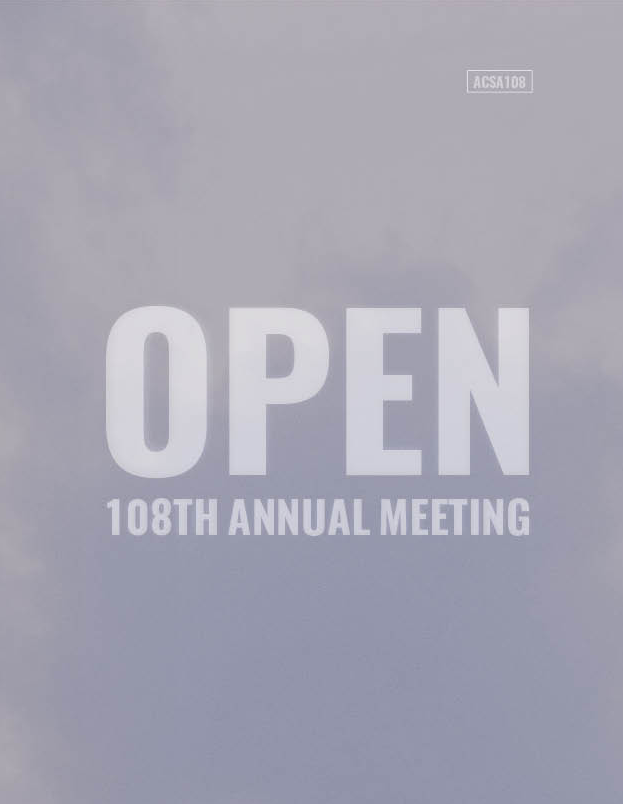Author(s): Kathryn Bedette
A full analysis of Eileen Gray’s approach to architecture and design is now necessary for any thorough presentation and discussion of modern architecture, specifically in architecture history textbooks. This argument is based on three main points. One, Gray’s work was initially omitted from surveys and the modern “canon” because she was a woman. Two, scholarship has reached a turning point in both the attribution of her work and in the discussion of its historical importance. And three, her work provides case studies for student learning that expose key contributions to the discourse on modernity not offered by other architects at the time. While Joseph Rykwert argued for the significance of Gray’s work in 1971, a review of thirteen history of architecture survey texts available through 2019 shows only six mentioning Eileen Gray or her work. The number implies a largess that doesn’t actually exist. In one case only her last name is given in a footnote. In another two, her name is only included within a list of other names. It’s time to make room for her architecture and design positions in how we talk about modern architecture in our histories, anthologies, surveys and sources: in our textbooks and course readers. What’s at stake is the canon. And it’s time for Eileen Gray.
https://doi.org/10.35483/ACSA.AM.108.77
Volume Editors
ISBN
978-1-944214-26-5

 Study Architecture
Study Architecture  ProPEL
ProPEL 
